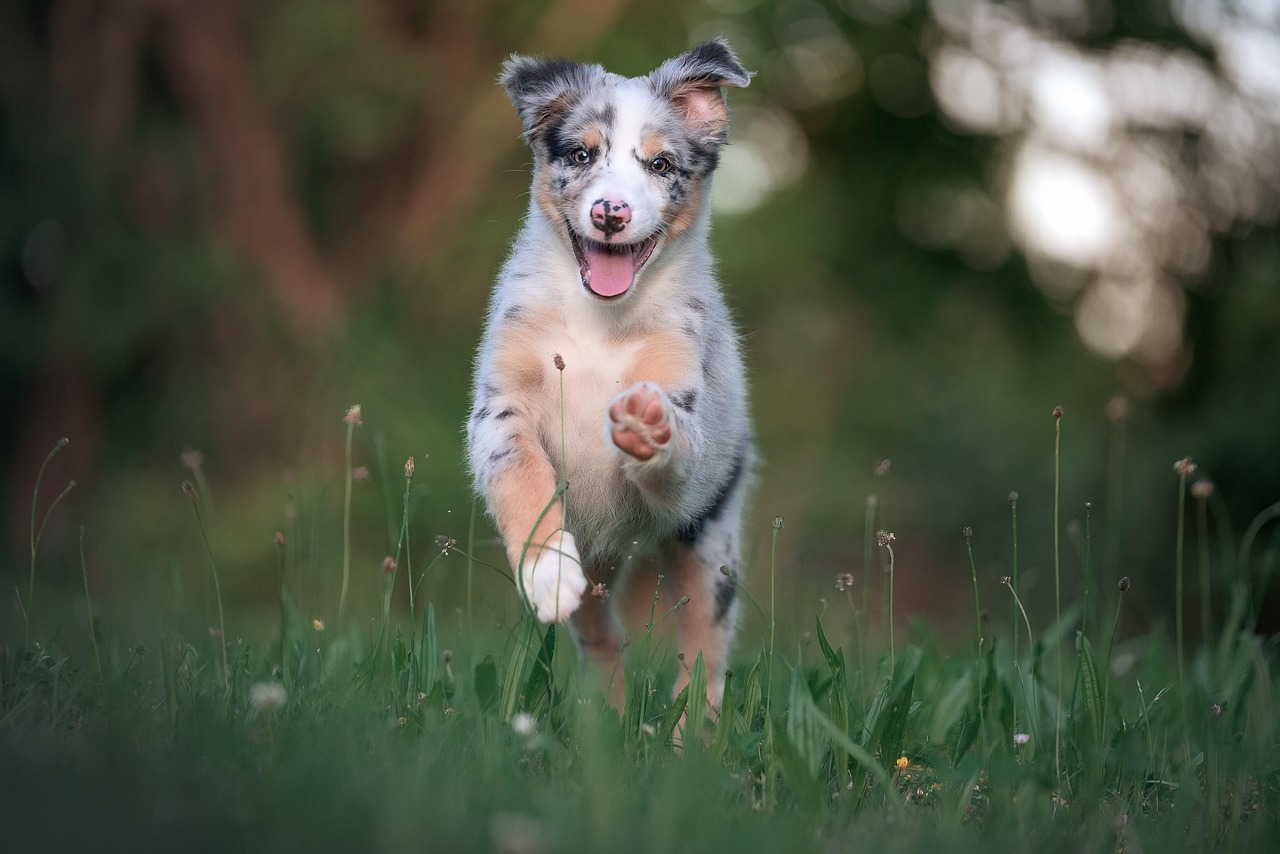Kids Can Train Dogs Too: A Simple 7-Step Guide
Let’s start with an understanding of why dog training is beneficial for children. A dog is not just a pet but also a great companion. They are proven stress-busters and their love for their caretakers is unconditional. Children can learn a lot when they are actively involved in the process of dog training. They learn about responsibility, patience, kindness, and empathy, among other things.

The Role of Training in Bonding
Training plays a pivotal role in the relationship between a child and their dog. A well-trained dog can be a great playmate, protector, and companion for your child. The process of training aids in forming a strong bond between children and dogs because the dog learns to trust and respect the child. Similarly, children also learn to respect their furry friends and tend to appreciate the unique qualities that their pets bring into their lives.
Simple Commands Children Can Teach Dogs
Children can begin by teaching simple commands like “Sit”, “Stay”, “Come”, and “Lie Down”. These are the basic commands that every dog should know. Teaching these commands not only ensures that dogs behave properly, but it also ensures their safety. The simplicity of these commands will allow even children as young as three to get involved and enjoy the experience. Remember, children’s safety should be the priority, so they should always be supervised while training dogs.
Rules for Kids While Training Dogs
Safety and respect are key during dog training. Teach your children to always treat the dog gently and never to use physical force if the dog is not following commands. Explain that dogs learn more through rewards and positive reinforcement, not punishment.
Training Sessions
Dog training should be made into a fun game, not a task or punishment for the dog. Training sessions should be short to keep the dog’s attention. A five to ten-minute session twice a day is a good start. Encourage your child to reward the dog with treats or praise for every task done correctly.

Tools and Equipment
A few tools and equipment can be handy in teaching your dog the desired behavior. A dog leash is a must which helps control the dog. Use treats as a reward for training sessions. Try to choose healthy treats to maintain your dog’s health.
Frequently Asked Questions
How can my child start training our dog?
Start with simple commands like ‘sit’, ‘stay’, ‘lie down’, and ‘come’. Gradually, you can move to more complex ones.
How long should the training sessions be?
To begin with, training sessions could be five to ten minutes long, twice a day. This can be adjusted depending on the dog’s attention span.
What if my dog isn't responding to commands?
Remember, patience is key. Some dogs may take more time to respond to training. Always use positive reinforcement and avoid punishing the dog.
Which age of children is suitable for dog training?
Children as young as three can be involved in training dogs, under adult supervision. It is a fun way for them to learn responsibility and empathy.
Is it necessary to use treats during training?
While it’s not necessary, treats can be very effective as a form of positive reinforcement. Ensure you’re giving healthy treats in moderation.
What should children do if the dog becomes aggressive?
If a dog shows signs of aggression, children should be taught to withdraw and call an adult immediately. Do not leave children alone with dogs that have shown aggressive behavior.
Conclusion
Involving children in dog training is an excellent practical learning experience which also enhances their bond with their pet. Remember to ensure children’s safety and always supervise them during training sessions. With patience and consistency, dog training can help children develop essential life skills while also ensuring that your furry friend is well trained and disciplined.



